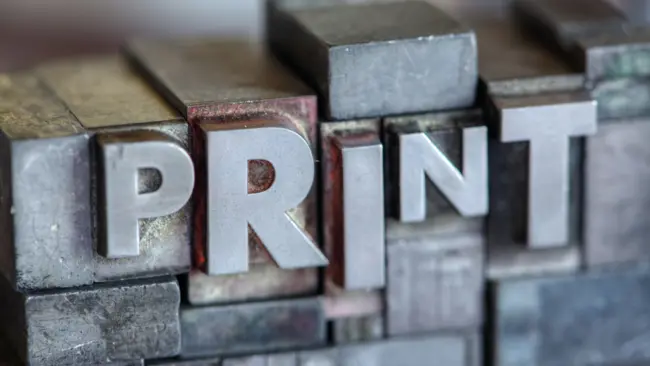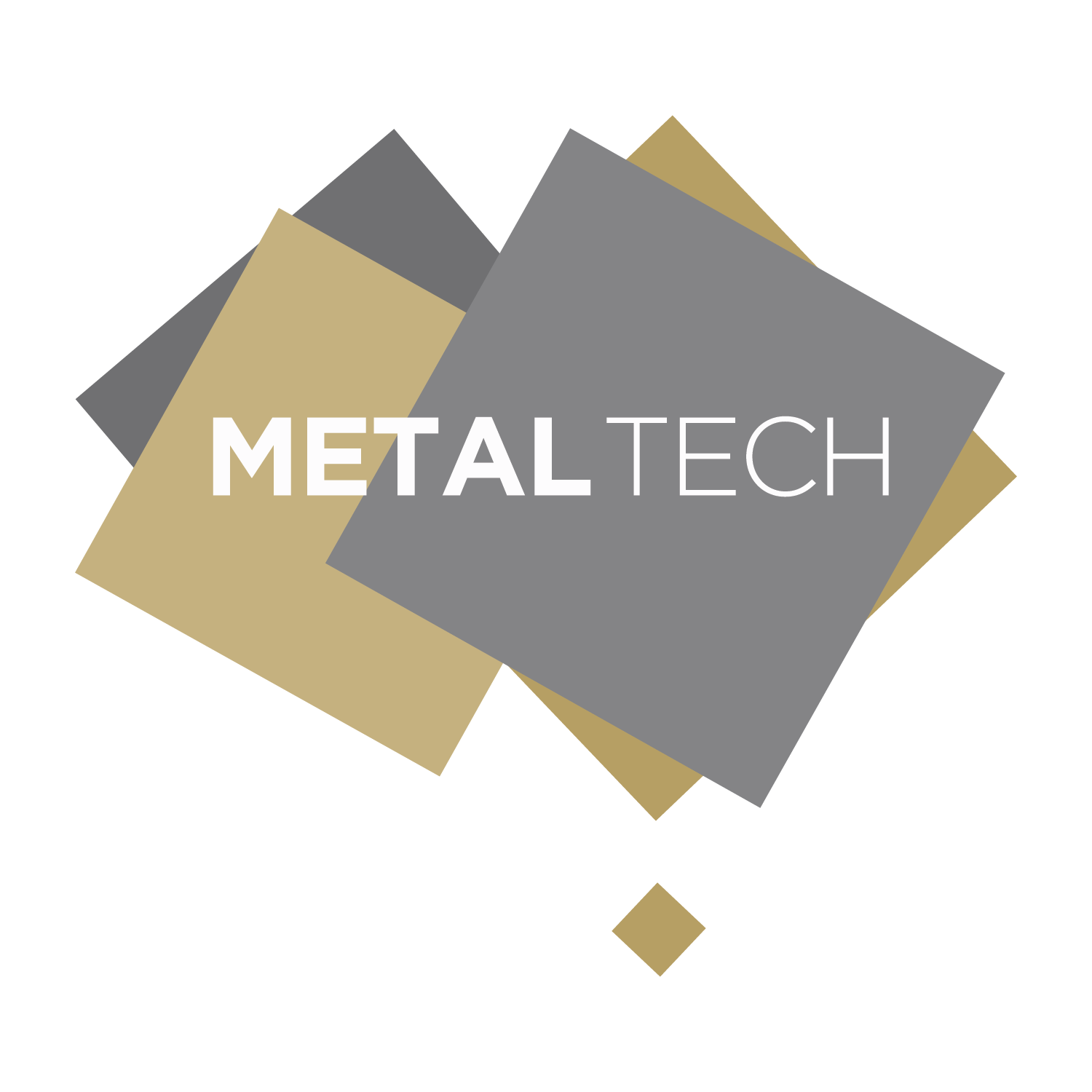
Types Of Metal 3D Printing
Metal 3D printing is a process that involves the creation of three-dimensional objects using a computer and specialized software. The development of metal 3D printing has been driven by advances in technology, including the development of new materials for manufacturing as well as new methods for creating moulds and other tools used in traditional manufacturing processes. Metal 3D printing allows manufacturers to create parts with complex geometries that were previously impossible to manufacture using traditional techniques such as machining or casting.
Sand Casting
Sand casting is a basic form of metal casting that involves pouring molten metal into a mould made from sand. When the metal has cooled, the mould is broken open to reveal the finished product.
Sand casting can be used for making small to large parts, but it’s not ideal for intricate details because it doesn’t allow for much control over shape or surface finish. The process also requires investment in equipment and skilled labour; however, if you’re looking for an inexpensive option that will produce reliable results quickly (and don’t mind sacrificing some precision), then this may be right up your alley!
Investment Casting
Investment casting is a type of metal casting that uses a mould, or pattern, to produce a duplicate of an object. Investment casting is used to create metal parts with complex shapes that are difficult to make by other methods.
The process begins by making an exact model of the part you want to create in wax or plastic. You then cover this model with clay, or another material called “pattern material,” which hardens at room temperature but melts when heated above its melting point (about 140 degrees Celsius). The pattern material protects the original wax model while it’s being melted out from inside its mould cavity by molten metal poured into it; once cooled and hardened again after pouring out all excess liquid metal from around the outer edges/surfaces of each cavity space created for each casted piece(s), only then can we remove our now-solidified finished product(s) out from inside their respective moulds before we start over again if needed!
Vacuum Casting
Vacuum casting is a process that uses a mould and a vacuum chamber to create a part.
The mould is filled with a liquid metal, which is allowed to cool and solidify. The mould is then opened, and the part is removed.
Direct Metal Laser Sintering (DMLS)
Direct metal laser sintering (DMLS) is one of the most popular metal 3D printing methods. It uses a laser to melt metal powder, which is then deposited layer by layer to create a part. The machine that performs this process can be used to create complex geometries that would be impossible with other methods.
ElectroplatING and Metal Injection Moulding (MIM)
Electroplating and Metal Injection Moulding (MIM) are two types of metal 3D printing that use an electrochemical process to create complex shapes. Electroplating is the process of depositing a thin layer of metal on a surface using electricity, while MIM uses an injection moulding machine to melt the powder into a solid shape. Both methods can be used to produce parts with intricate geometries, but they differ in terms of cost and complexity: electroplating requires less equipment than MIM, but it’s more expensive because each part needs separate processing time for each layer; meanwhile, MIM has lower overall costs due to its simpler build process–but this means that only simple geometries are possible with this technique.
Electroplating has been around since at least 1799 when William Nicholson developed his “electrolytic method” for coating iron alloys with copper by passing current through them (he won £20 from Parliament for his innovation). Since then, there have been many improvements made to this basic concept such as adding other metals into mixtures during electrodeposition so we can achieve anything from pure gold jewellery pieces down through brassieres made out of plastic/rubber materials which contain small amounts of nickel & zinc alongside other ingredients like nylon fibres within them too!

Takeaway:
So what is metal 3D printing?
Metal 3D printing is a process that uses additive manufacturing to create objects from metal powders, alloys and other materials using a laser or electron beam. This can be done in one of three ways: direct metal deposition (DMD), selective laser melting (SLM) or electron beam melting (EBM). These processes differ slightly depending on the type of material being used but they all have similar advantages and disadvantages.
Conclusion
3D printing is a great way to produce metal parts and tools. Technology is constantly improving, with new materials being developed all the time. In this article, we looked at some of the most common types of metal 3D printing: sand casting, investment casting and electroplating/MIM (metal injection moulding). These methods have their advantages and disadvantages but all offer opportunities for businesses looking to save money when making new products or repairs!

Leave a Reply